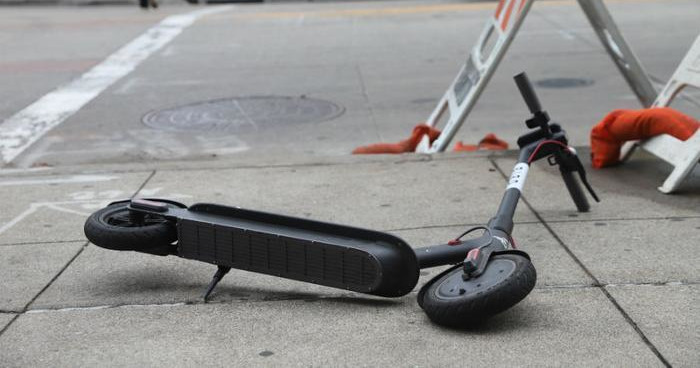E-ASY Does It!
E-Scooters are still causing controversy regarding accident stats
As we mentioned in our previous story about e-scooters in November, they are a phenomenon which is on the rise internationally! They have been tracking the trajectory of e-scooters in Italy, and the Association of Traffic Police recorded 125 annual e-scooter related accidents in 2020, which equates to one accident every three days. Of the reported accidents one was a fatality the rest were injuries with mixed prognoses.
The main accident in which e-scooters are involved seems to be the scooter tipping the rider forward over the front, while the usual suspect of riding while distracted by using a mobile phone is another contender. Riders using them without proper experience is also a big issue and one which really comes out of the lack of regulation, training and safety gear required for using these machines.
Most of the information in the Italian report highlights cities as being the places where accidents are most likely to happen, which kind of stands to reason as this is where e-scooters are used most and traffic density is at its highest. In cities it's possible to use an e-scooter sharing service or a ride scheme and no training is required to take one out.
Teenaged Dreams
Here in the UK the Met have documented a steady increase in e-scooter accidents year on year, but also state that as e-scooters are widely used illegally many accidents which are happening may never even get reported. However it seems that many UK cities which have tried out rental e-scooter schemes, backed by the government, are now scaling them back after seeing that riders were often using them unsafely. For example two teenagers who took a pair of rented e-scooters (top speed of 15mph) down a 70mph stretch of the A19 in Hartlepool, County Durham. Oh deary me!
So, far from the dream transport for a pandemic which avoids the use of public transport and whizzes folks safely around cities, it looks as though e-scooters may be scuppered themselves by improper use and accident risk. Perhaps regulation, training and proper safety gear is the answer to make these little machines a viable option for the future of city travel.


